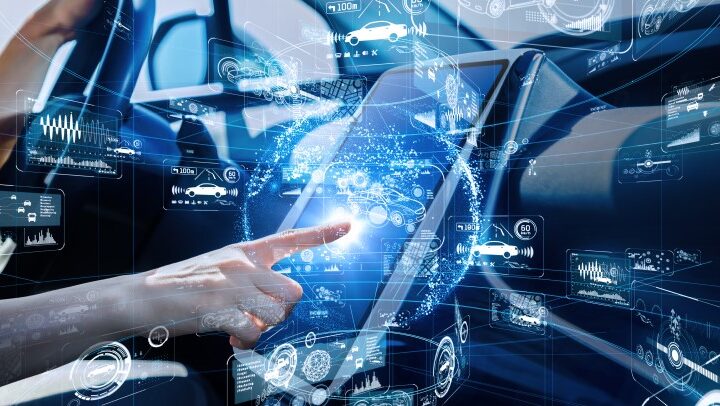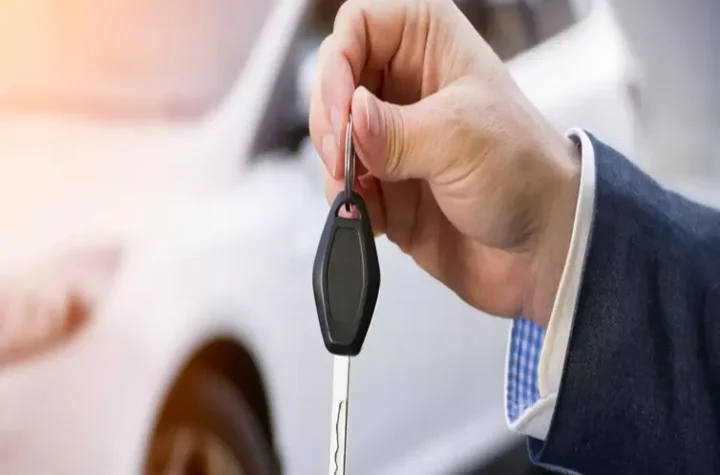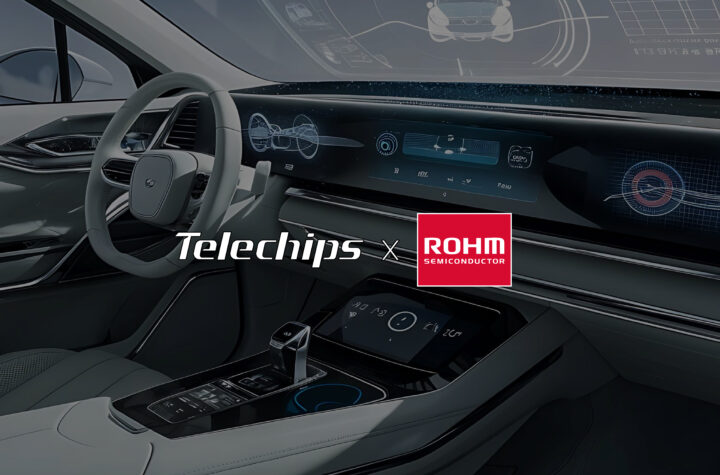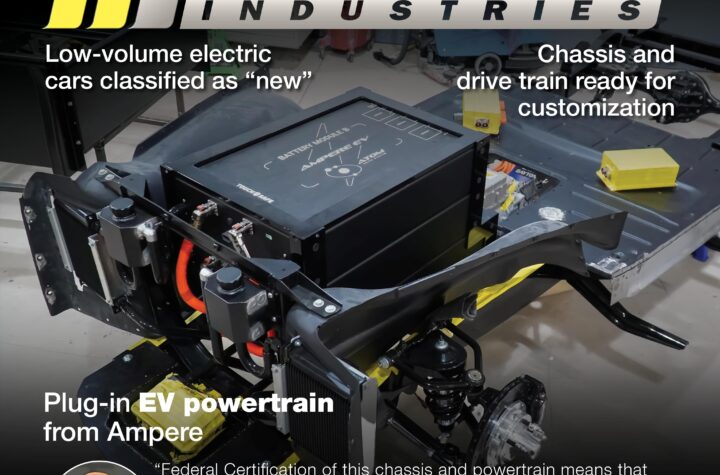

A new generation of energy-efficient pure car and truck carriers (PCTCs) capable of carrying 8,500 car equivalent units (CEU) is being introduced by Höegh Autoliners this year. By 2016 Höegh will have six of the vessels – the largest of their type – working on global routes.
Automotive Industries (AI) asked Steinar Løvdal, Head of Capacity Management at Höegh Autoliners to what he attributes the rise in the use of PCTCs by the auto industry.
Løvdal: PCTCs offer safe and secure transportation of cars. As operators of these vessels, cars are our main commodity and we have over many years specialized in handling this high value cargo. If you look at competing shipping segments, they have a wider range of products they carry while we focus on cars and other motorized vehicles, making us specialists in the field. I believe this is something the OEMs recognize. Also, when you ship certain volumes, the effiency gain in the logistic chain from using PCTCs over other types of vessels is unbeatable. Speaking of efficiency gain; OEMs are focusing on making each step in the logistics chain more cost efficient, and this trend spills over into the PCTC industry. We are constantly reviewing our operations to ensure we have the most cost efficient service while maintaining the same high standard of quality. Here economies of scale soon comes into the picture, and with the widening of the Panama Canal it is now viable to build larger vessels and still keep the flexibility in trading them world-wide. Our New Horizon vessel is designed to take advantage of the trends in order to optimize the logistics chain. It will have 14 decks, five of which can be lifted to accommodate high and heavy cargo. All internal ramps can also be lifted to ensure the best possible utilization of space.
We also see a move towards more hub-and-spoke systems in the PCTC industry. This is a response to the requirements from the OEMs on greater flexibility in our trade networks and cost efficiency. The large post-Panamax vessels create economies of scale as they call on the main ports which are then served by smaller feeder vessels. Höegh Autoliners has entered into joint ventures to establish two short sea shipping companies. Euro Marine Logistics and Sinor Lines offer short sea services in Europe and Asia respectively. Their services enable us to offer our customers a wide network of ports while still keeping costs down.
Looking forward we see a PCTC market in equilibrium where smart utilization of the vessels and efficient trade networks will be the keys to success. The focus on constant improvement of services and costs is here to stay, and will be accompanied by a closer relationship between the OEMs and the carriers. Only by working closely together can we find the optimal solutions that enable us to save costs on both sides.
AI: Why the focus on green shipping?
Løvdal: We have been in the business of shipping for almost 90 years, and we could not have been successful without a business model built on sustainability. Furthermore, nature and the sea are key components in the Norwegian culture and history. There is also growing interest from our customers as to how their suppliers work with green initiatives and other sustainability questions. This is good as it forces us to review and question if we are doing enough, and what we can do better.
AI: What are your future order books for new green PCTCs?
Løvdal: Over the next 18 months we will take delivery of six new Post Panamax vessels in the New Horizon design. These vessels will emit only half of the CO2 per transported cbm than earlier PCTCs.
AI: Why the larger vessels?
Løvdal: Our services have over time evolved to cover an increasing number of export and import areas, as a result of the fragmentation of the automotive industry. To keep costs down larger and more flexible vessels have been introduced, enabling us also to carry a wider mix of cargoes. Together with dedicated hubs and short sea networks the larger vessels will enable us to provide the OEMs with an even more cost efficient and flexible trade network. As part of our fleet renewal strategy we are now phasing out the smaller vessels from the deep sea trades and in to regional trades to meet the growth there, giving way for the New Horizon class vessels in the deep sea trades.
AI: What makes the New Horizon ship design special?
Løvdal: First and foremost we hope it will position us as an innovative carrier. The environmental footprint of the vessels has been reduced by steps such as installing the newest type of ballast water treatment systems, and using only LED to reduce energy consumption. New information technology constantly controls the energy usage of the vessel. The engine management system monitors NOx emissions and engine performance. At sea the auxiliary engines can be turned off, with electrical power produced by a shaft generator. Physically, an optimal hull and rudder design, together with use of the latest technology of underwater paint/antifouling reduces the drag, which in turn also lowers energy consumption.
The New Horizon furthermore uses only environmentally friendly refrigerants and is designed to accommodate larger diesel and low sulfur fuel oil tanks. Space has also been reserved for future scrubber installation. As a result of these measures the New Horizon vessel is given DNV GL’s class notification “CLEAN” for design.
AI: How do you tailor solutions for different customers?
Løvdal: A flexible vessel design is in itself a feature that enables us to meet individual customer and segment needs. When it comes to the planning of trade routes and systems, we work closely with our largest customers to understand their future requirements in order to adapt our services to their needs. Trade development is also driven by market analysis, trying to take position that enables us to meet the market requirements in a world that is changing at an increasingly rapid pace.
AI: Tell us a little about the work you have done with GM and the relationship you share with the car manufacturer.
Løvdal: General Motors has been one of our key customers since 1973 and we have developed a partnership through both good and bad years. GM is a demanding customer which helps us stay sharp, but also a client which is open to work in partnership and which allows us to work strategically and forward looking together. To be Supplier of the Year for 11 consecutive years is hard work, but also rewarding. We are privileged to work so closely with GM.
The world’s largest pure car and truck carrier, the Höegh Autoliners New Horizon can carry 8,500 car equivalent units.















More Stories
Cybord TCI – The Future of Manufacturing Integrity
Meet Rita Case – recipient of 2024 NAMAD Lifetime Achievement Award
Automotive Industries (AI) Newsletter October 2024